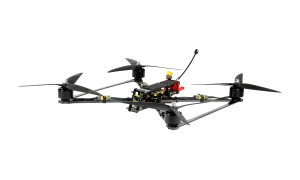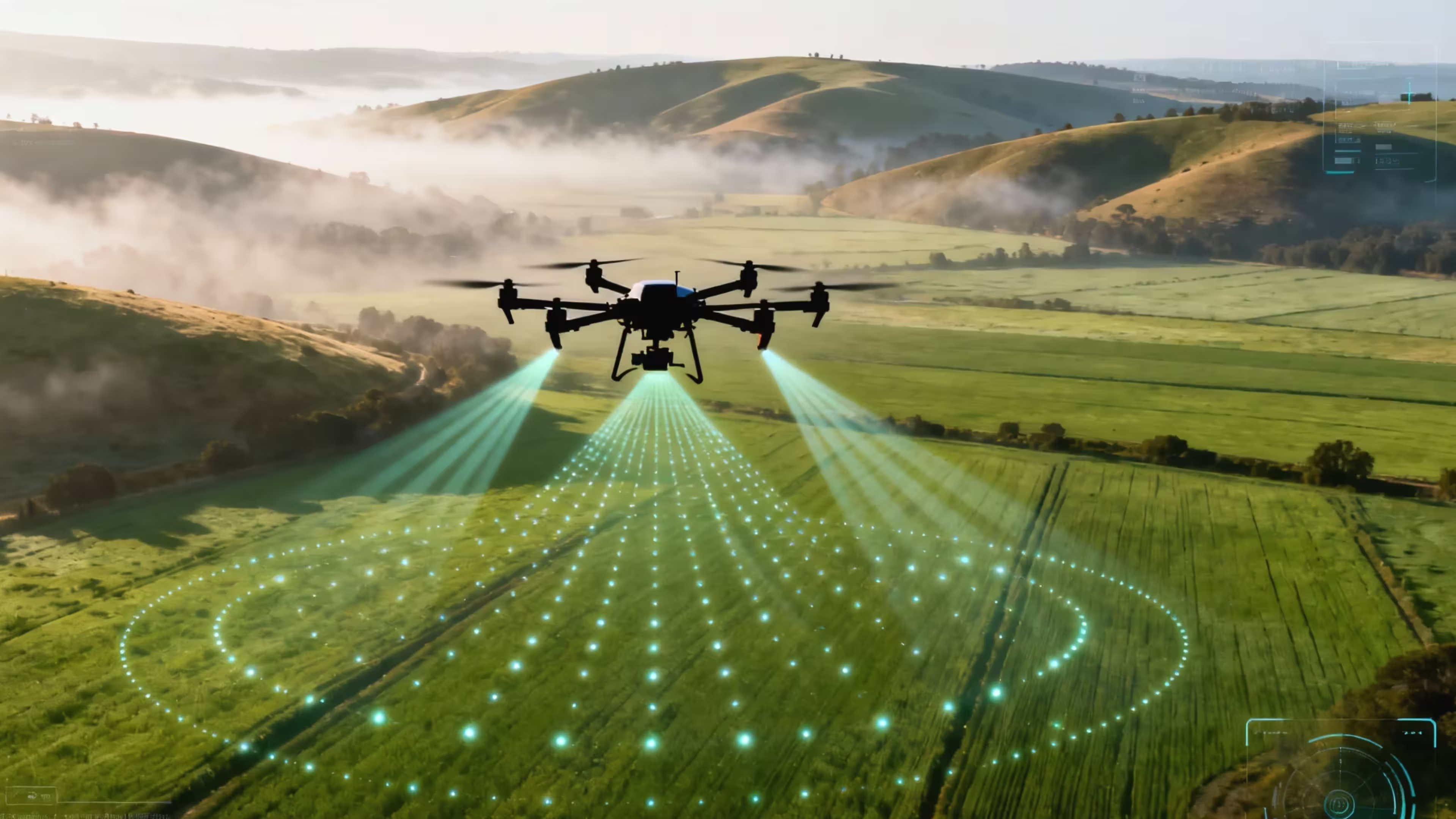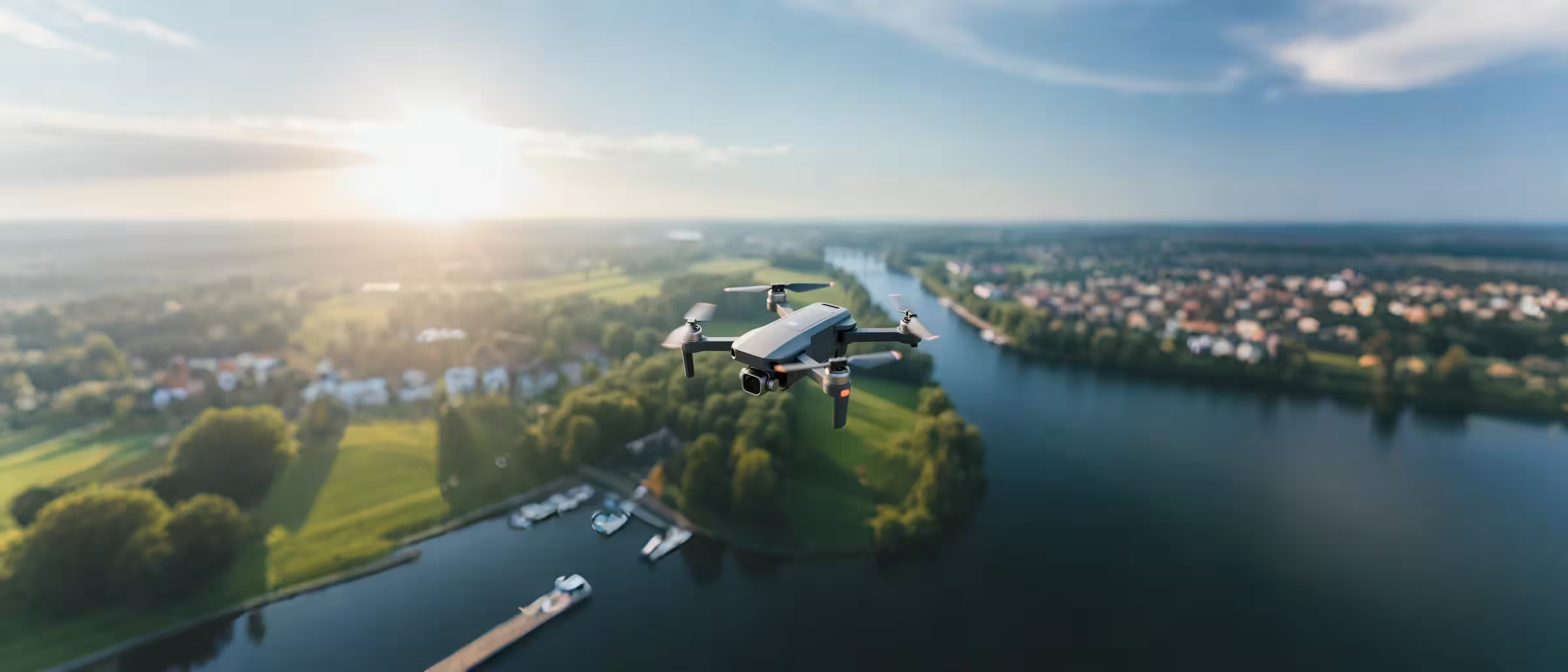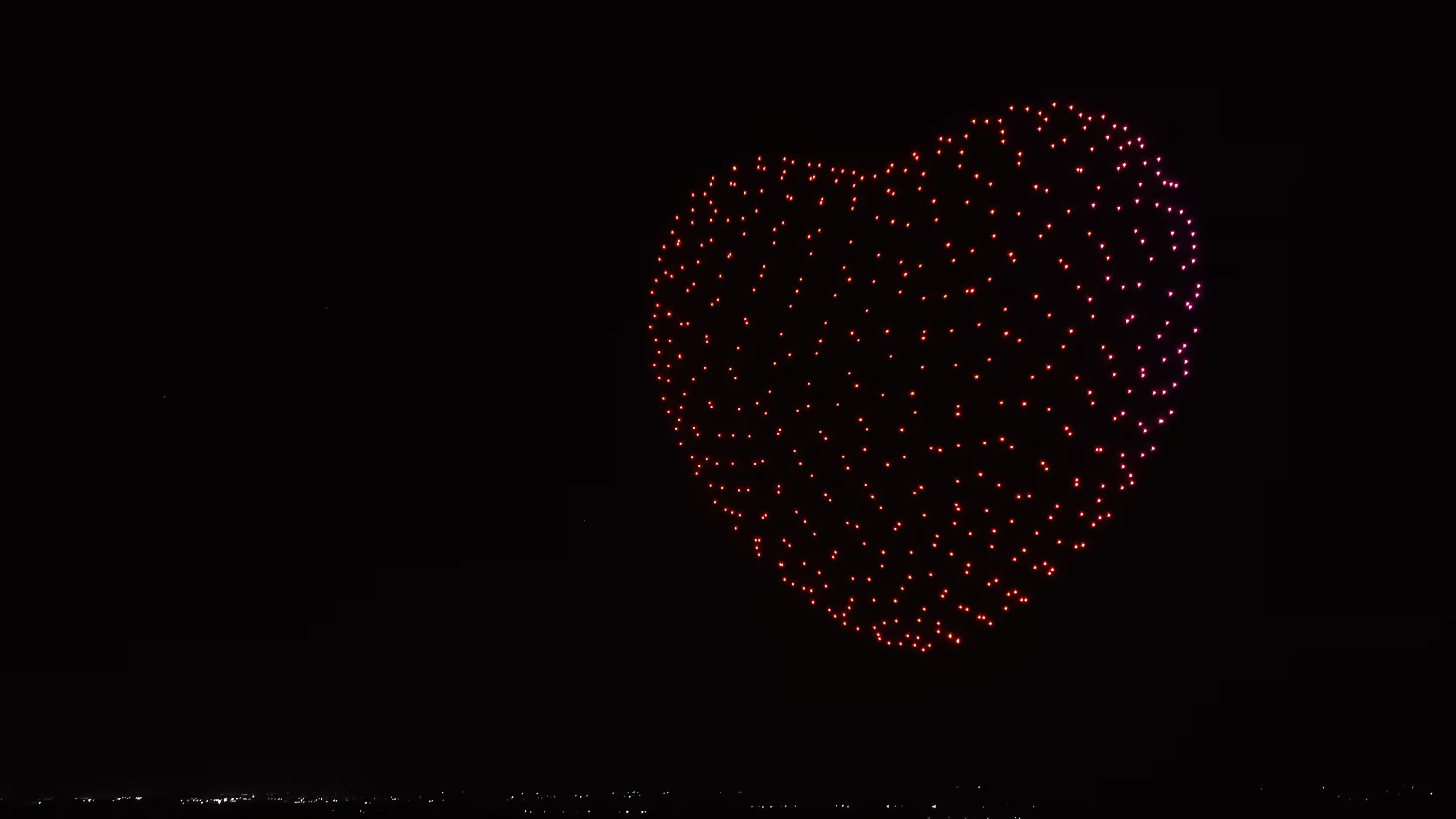Introduction: The Rise of the Thermal Drone
As drone technology continues to evolve, thermal drones have emerged as one of the most transformative innovations in recent years. A thermal drone—also known as a UAV (unmanned aerial vehicle) equipped with a thermal imaging camera—can detect and visualize heat signatures that are invisible to the naked eye. From search and rescue missions in the dead of night to inspecting solar panels and high-voltage power lines, thermal drones are revolutionizing how professionals gather data, detect anomalies, and make real-time decisions.
This comprehensive guide will walk you through what thermal drones are, how they work, where they’re used, and how to choose the right one for your business or application. We’ll also introduce one of the most capable thermal drones on the market: the MMC X8T.
What Is a Thermal Drone?
A thermal drone is an aerial platform integrated with a thermal imaging sensor or camera that captures infrared radiation (heat) instead of visible light. Unlike conventional cameras that rely on ambient lighting, thermal sensors detect temperature differences and create thermographic images, commonly known as heat maps.
How It Works
Thermal cameras detect infrared radiation emitted by objects and convert this data into images called thermograms. Warmer objects appear in brighter colors (usually white, yellow, red) while cooler ones are shown in darker tones (blue, purple, black). This visual differentiation allows users to identify heat loss, overheating machinery, or living beings in complete darkness.
Thermal drones typically use uncooled microbolometer sensors in the 8–14μm range, which are lightweight, cost-effective, and highly accurate for commercial and industrial use.
Key Components
- Thermal Camera Sensor: The core of thermal drones—captures and processes infrared radiation.
- Dual Sensor Payloads: Many thermal drones combine both RGB and thermal sensors to allow visual/thermal overlays.
- Flight Platform: Multirotor or fixed-wing UAV equipped with GPS, IMU, autopilot, and long-range communication.
- Software: Real-time processing and analysis platforms for thermographic data and mission planning.
Why Thermal Drones Matter
Thermal drones aren’t just trendy gadgets—they solve real-world problems. Here’s why they’re gaining momentum across industries:
1. Enhanced Visibility
Unlike standard cameras, thermal imaging isn’t dependent on ambient light. Drones can identify heat sources through smoke, fog, and complete darkness, making them ideal for nighttime operations and hazardous environments.
2. Remote Data Acquisition
With thermal drones, dangerous inspections—like high-rise buildings or wildfire zones—can be performed remotely and safely, significantly reducing human risk.
3. Cost Efficiency
Thermal drones reduce the need for expensive scaffolding, helicopter flyovers, or manual inspections. Real-time data collection leads to faster diagnostics and decision-making, saving both time and money.
Top Applications of Thermal Drones
Search and Rescue (SAR)
In emergency response missions, every second counts. Thermal drones can detect body heat through dense vegetation, snow, or nighttime conditions, speeding up the search and locating survivors faster than traditional methods.
Firefighting and Disaster Management
Fire departments use thermal drones to identify hotspots, assess structural integrity, and navigate safely in smoky conditions. During wildfires, drones help track fire fronts and support evacuation efforts.
Power Line & Solar Panel Inspections
Thermal drones help identify faulty insulators, hotspots, or broken solar cells without shutting down systems. This non-invasive approach maximizes uptime and enhances preventative maintenance strategies.
Building and Roofing Inspections
Detect water leaks, insulation failures, and HVAC inefficiencies using aerial thermal imaging—especially useful for insurance assessments, construction QA, and real estate valuations.
Agriculture & Livestock Monitoring
Farmers use thermal drones to monitor crop stress, detect irrigation issues, and track animal movement. Thermal imagery can help optimize yield and reduce resource waste.
Security and Surveillance
Thermal drones offer powerful surveillance in low-light environments. They’re widely used for border patrol, facility monitoring, and perimeter security in industrial zones.
How to Choose the Right Thermal Drone
Thermal Resolution
Lower-end drones may offer 160×120 resolution, but for professional use, a minimum of 320×240 or ideally 640×512 is recommended. Higher resolution provides clearer thermal details, making it easier to spot subtle anomalies.
Radiometric Output
Radiometric cameras capture temperature data for every pixel, enabling more detailed analysis. Choose radiometric-enabled drones if thermal data quantification is important for your application.
Flight Time & Range
Opt for drones that provide at least 25–35 minutes of flight time with a control range of 2km or more. These specs ensure you cover larger areas efficiently.
Durability & Reliability
Industrial-grade drones should withstand challenging weather and offer stable flight in strong winds. Look for IP-rated bodies, redundant systems, and strong build quality.
Integration & Software Compatibility
Ensure the drone can export data in formats compatible with your workflow (e.g., FLIR Tools, Pix4D, QGIS). Advanced thermal drones support mission planning software, real-time analytics, and cloud storage.
Introducing the MMC X8T Thermal Drone
The MMC X8T is a high-performance industrial thermal drone designed for critical missions across energy, public safety, and agriculture sectors. With a dual payload of a high-resolution 640×512 thermal sensor and a 4K RGB camera, it delivers unmatched clarity in both visible and infrared spectrums.
MMC X8T Key Features:
- Dual-Sensor System: Thermal + 4K RGB camera for enhanced target detection
- Industrial-Grade Design: Stable under harsh conditions with IP-rated protection
- Extended Endurance: Up to 35-minute flight time with intelligent batteries
- AI-Assisted Functions: Smart tracking, automatic alerts, mission replay
- Versatile Applications: SAR, electric grid inspection, wildlife monitoring, and more
Whether you’re monitoring power grids or conducting wildlife rescue, the MMC X8T is built to perform where reliability and clarity are paramount.
Case Studies: Real-World Impact
Wildfire Mapping in Australia
Authorities deployed thermal drones to identify flare-ups during wildfires, improving firefighter safety and reducing response time.
Electrical Grid Fault Detection in Germany
A utility company saved millions by identifying microfractures and hotspots using thermal drones during routine inspections.
Agricultural Efficiency in Brazil
Agritech startups use thermal drones to detect irrigation failures and heat stress, increasing crop yields by up to 20%.
Frequently Asked Questions (FAQ)
Are thermal drones legal?
Yes, but regulations vary by country. Most require registration, pilot certification, and permission for commercial operations.
Can I use a thermal camera with any drone?
No. Not all drones support payload integration or power requirements. It’s best to choose platforms like the MMC X8T with built-in thermal imaging capabilities.
What’s the difference between IR and thermal imaging?
They refer to the same technology, though “IR” (infrared) is often used broadly. Thermal imaging specifically measures emitted heat radiation, not reflected IR light.
How much does a thermal drone cost?
Prices vary: entry-level models start at ~$1,500, while industrial drones with radiometric cameras can range between $10,000–$30,000+
Conclusion: Is a Thermal Drone Right for You?
From life-saving operations to industrial precision monitoring, thermal drones are proving to be indispensable tools. Their ability to “see the unseen” opens up possibilities in dozens of sectors, helping you make smarter, safer, and faster decisions.
If you’re looking to elevate your operations with a powerful and reliable thermal drone, explore the MMC X8T and discover what cutting-edge UAV technology can do for your mission.





Comments